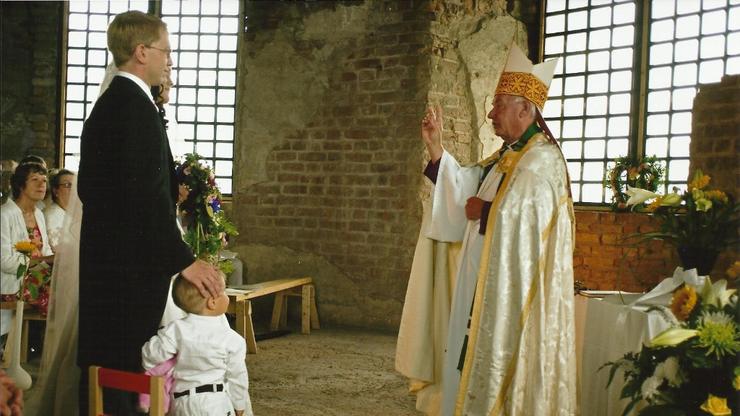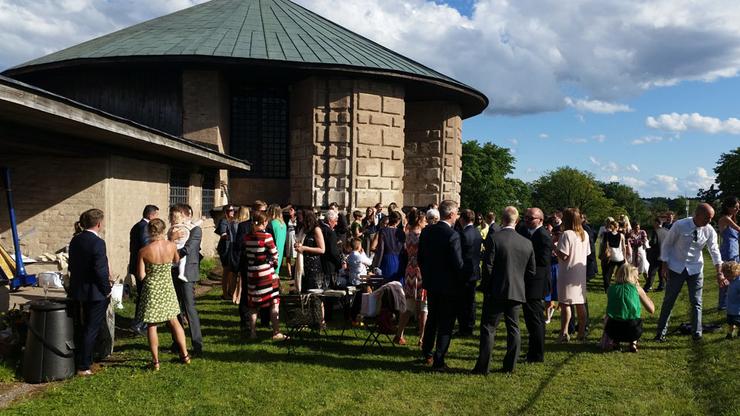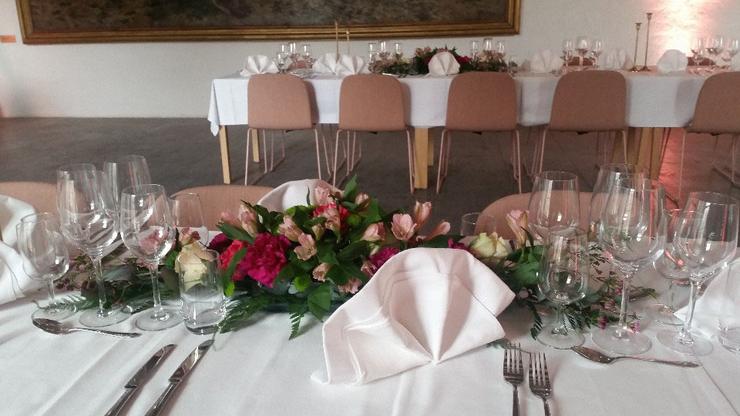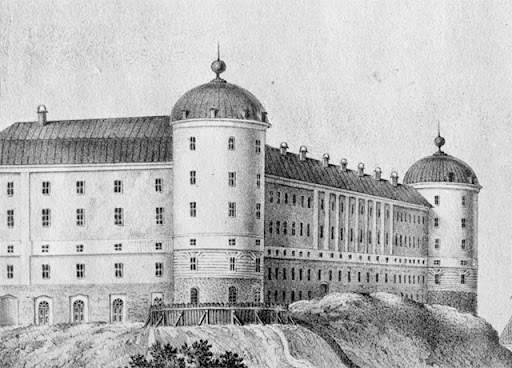
Real 16th Century Ruins for Joy and Thrill
Entrance fee
Adults: 120 SEK.
Children/Students/Retired: 60 SEK.
Opening hours 2025
Deviating opening hours
Midsummer nights eve 20th of June CLOSED
Sunday 6th of Sptember Open 11 am - 17 pm
CULTURAL NIGHT Saturday September 13th open kl 11 am - 17 pm
Sunday 14th of September Oppet at 11 pm - 17 am.
CULTURAL NIGHT
Sunday 14th of September Oppet at 11 pm - 17 am.
GATE SOMETIMES CLOSES DURING GUIDINGS. PLEASE, BE IN TIME.
VASABORGEN IS A RUIN AND UNFORUNATELY NOT SUITED FOR PERSONS WITH PHYSICAL DISABILITIES.
Guide folders to download
GHOST WALKS
You can book your own Ghost walk in English.
PRICE 6000 SEK + VAT for companies, Incl VAT for FITs.
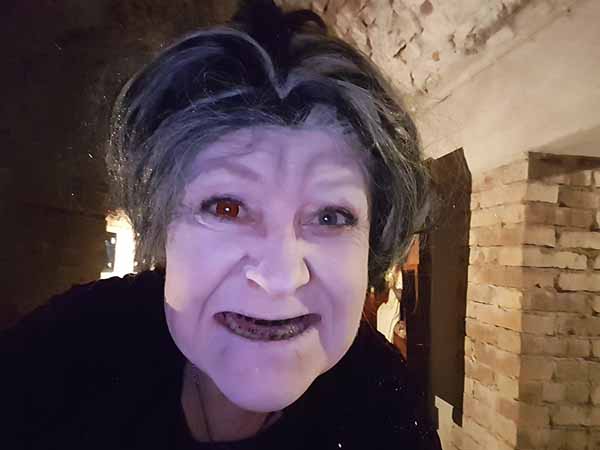
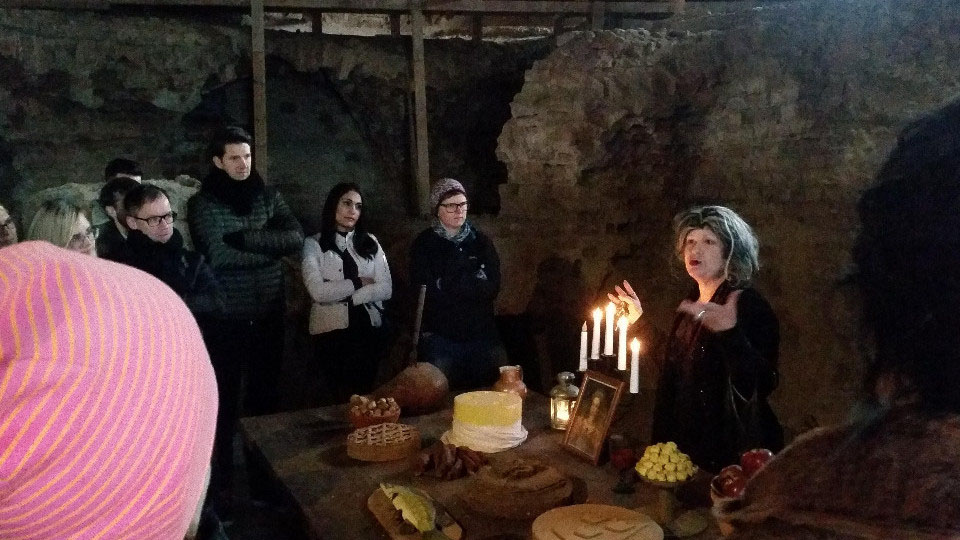
Events when museum is closed
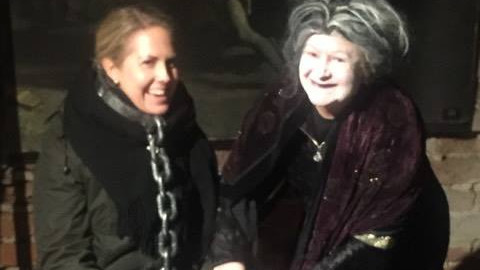
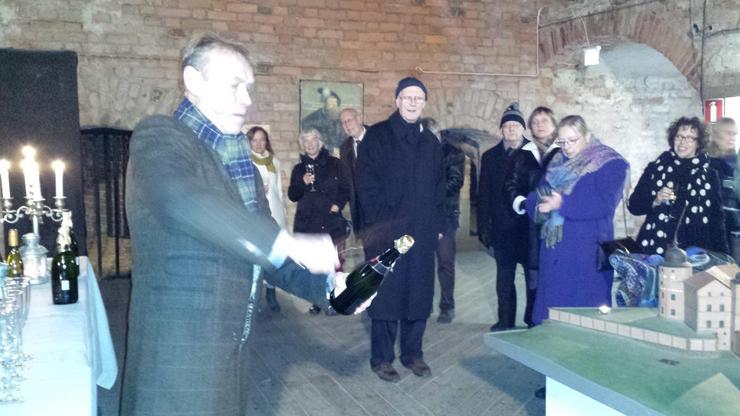
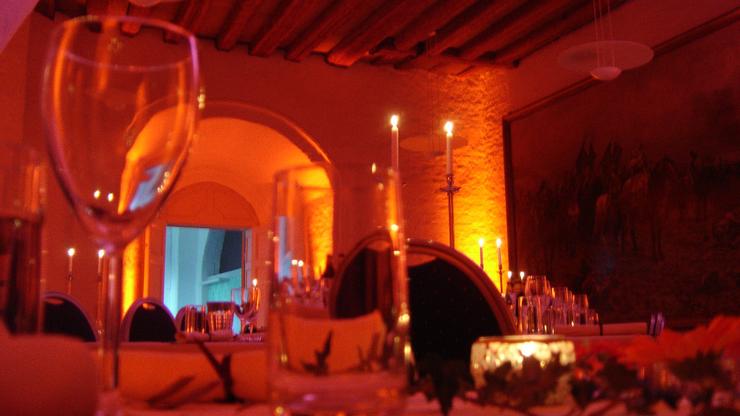
Weddings in historical environments
